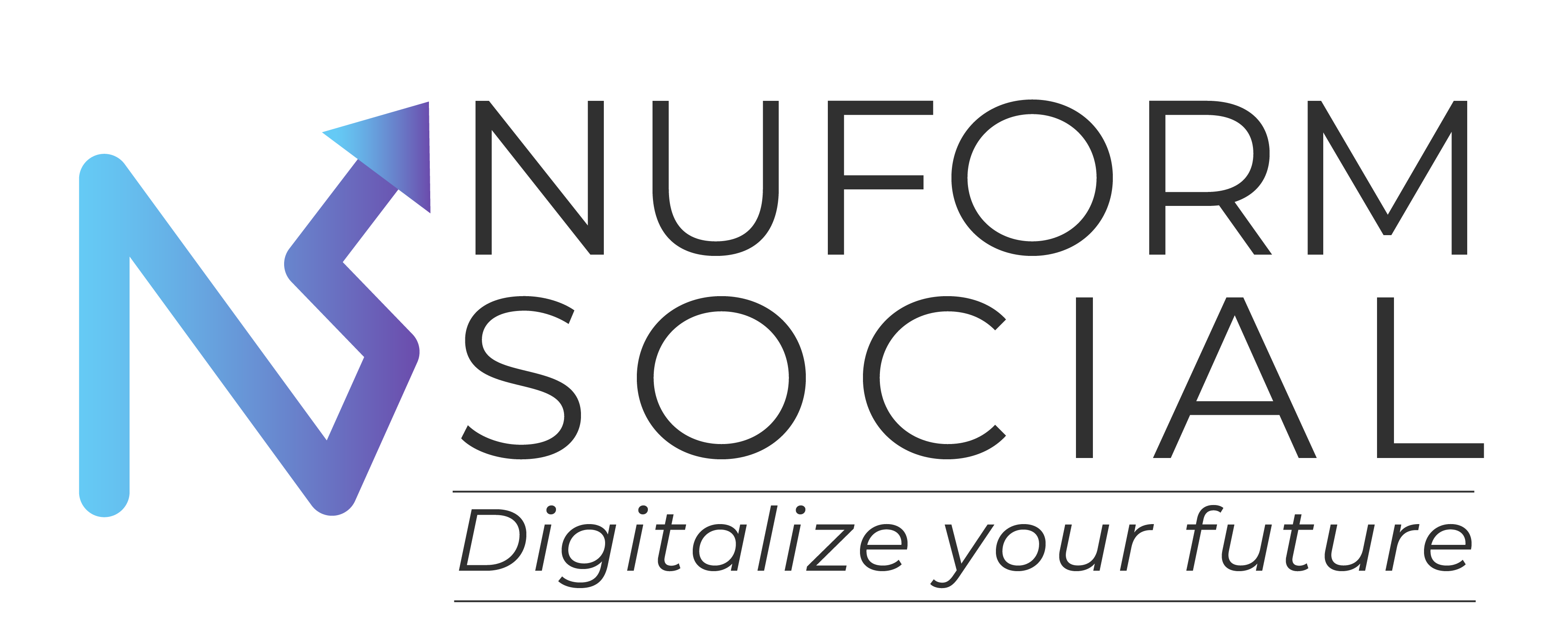7 Client Misconceptions That Are Secretly Killing Your Agency Relationship (And How to Fix Them)
You’ve probably worked with a client who expected overnight results. The kind who thinks a single campaign can go viral and double their sales by next week. When that doesn’t happen, frustration builds on both sides.
Most of the time, clients aren’t being unreasonable on purpose. They simply operate on assumptions and marketing myths that no one has corrected. These client misconceptions about the agency process can quietly damage trust, slow down progress and eat into your profit.
The real challenge isn’t bad intent; it’s misaligned understanding. When clients see marketing as magic instead of strategy, even the best plans can feel like failures. Teams lose motivation, clients lose confidence and communication starts to fall apart.
In this blog, we’ll break down seven common misconceptions that quietly kill agency relationships and share practical ways to correct them with clarity and confidence. When clients understand your process, collaboration improves, projects run smoother and partnerships last longer.
The 7 Misconceptions & How They Hurt You
Every agency goes through this phase sooner or later, the moment when a client’s expectations collide with reality. The truth is, most client issues stem from misunderstanding, not malice. When clients don’t fully grasp how agency processes work, it can quietly damage trust, morale and results.
Below are seven of the most common client misconceptions that weaken agency relationships and how to fix them through better client communication and education.
1. Agencies Have Magic Buttons for Instant Results
Why it’s dangerous:
Many clients assume that digital marketing success happens overnight. This belief puts unrealistic pressure on teams and leads to rushed work, stress and disappointment when results take time.
How to fix it:
Start every engagement with process transparency. During onboarding, explain that marketing is a blend of testing, data and strategy, not instant gratification. Use visual roadmaps and KPIs to show progress over time. Clear expectation management early builds patience and trust later.
2. More Revisions Means Better Results
Why it’s dangerous:
When clients equate quantity with quality, creative output loses focus. Endless revisions not only drain time but also dilute the impact of well thought out ideas.
How to fix it:
Set revision limits from the start and position them as part of your agency management policy. Explain that great work depends on clear direction, not repeated tweaks. Frame the process as strategic collaboration, where each round has purpose and structure. This reinforces your professionalism and prevents revision fatigue.
3. You’re Just Executing What We Say
Why it’s dangerous:
This mindset reduces your agency to a service vendor rather than a strategic partner. It kills creativity, limits innovation and devalues your expertise.
How to fix it:
How to fix it:
Shift the narrative through client education strategies. Show data backed reasoning behind your recommendations. Use real examples to demonstrate how your approach drives measurable outcomes. Confidently challenge assumptions and position yourself as an expert who collaborates, not a vendor who simply follows orders.
4. Good Marketing Doesn’t Need a Budget
Why it’s dangerous:
This is one of the most common digital marketing agency misconceptions. When clients expect significant growth without investment, it sets the stage for frustration. It also makes it harder to measure return on effort and ROI accurately.
How to fix it:
Be upfront about budget implications. Explain the cost to impact ratio and how investment affects performance. Use simple analogies that make sense, like comparing ad spend to fuel in a car, without it, you cannot move forward. Clear financial education not only sets realistic expectations but also attracts clients who value strategy over shortcuts.
5. If We Don’t See Results in 2 Weeks, It’s Not Working
Why it’s dangerous:
This misconception leads to panic decisions, such as changing strategies too early or canceling campaigns before data matures. It turns testing periods into tension periods and undermines long term growth.
How to fix it:
Educate clients about data lag and campaign learning curves. Provide benchmarks and milestones that show incremental progress. Regular client communication through weekly updates or live dashboards helps them see the broader picture. When clients understand that performance builds over time, they stay confident and patient.
6. Other Agencies Do It Cheaper, So Why Not You?
Why it’s dangerous:
Price comparisons instantly shift focus from collaboration to cost. It reduces your value to numbers and ignores the strategic thinking, experience and support your agency brings. This mindset leads to transactional relationships instead of partnerships.
How to fix it:
Reframe the conversation from price to performance. Present case studies or testimonials that highlight ROI, retention and long-term value. Be transparent about your process, what’s included and why it matters. Clients appreciate honesty and it strengthens their trust in your expertise. When you demonstrate outcomes over outputs, cost becomes secondary.
7. You Should Always Say Yes to Keep Clients Happy
Why it’s dangerous:
Agreeing to every client request might seem polite but it’s a fast track to burnout and loss of professional respect. It also blurs boundaries, encourages scope creep and disrupts delivery timelines.
How to fix it:
Use soft skill assertiveness. Saying “no” respectfully shows leadership, not defiance. Instead of rejecting ideas outright, redirect them with reasoning: “That could work but here’s what data tells us about your audience.” Clients value honesty when it’s backed by insight. Strong client communication best practices rely on balance empathy with boundaries.
These seven advertising agency myths and creative agency misunderstandings persist because most agencies avoid addressing them directly. It’s easier to stay polite than to risk conflict but silence only makes the gap wider.
The fix isn’t more meetings or endless explanations. It’s clear client education, empathy and consistent communication. When agencies combine clarity with confidence, they build relationships grounded in respect, not assumptions. That’s how you move from managing expectations to mastering partnerships.
How to Rebuild Stronger Client Relationships
How to Educate Clients Without Losing Them
Fixing misconceptions isn’t about proving clients wrong; it’s about guiding them with empathy and structure. Clients aren’t difficult, they usually just lack insight into how the agency process works. When education replaces confrontation, collaboration gets stronger.
Practical ways to do this:
- Lead with empathy. Assume clients want to understand. Replace “That’s not right” with “Here’s what we’ve seen work best.”
- Use education, not confrontation. Share case studies, insights or test data instead of opinions. Let results do the convincing.
- Document expectations. Provide welcome kits, FAQs and kickoff slides to create consistent messaging across teams.
- Build transparency. Schedule monthly calls, share dashboards and keep performance data open. Visible progress builds confidence.
- Show confidence through clarity. Set boundaries respectfully. Saying “no” with reasoning earns more trust than saying “yes” under pressure.
When agencies lead with clarity and empathy, client communication becomes smoother, trust deepens and frustration fades.
What Happens When You Get This Right
Once these client education strategies become part of your agency management process, the impact is visible across every level of your business.
Here’s what improves:
- Reduced burnout. Teams spend less time firefighting and more time creating.
- Higher retention. Clear communication leads to fewer conflicts and longer contracts.
- Client transformation. Clients shift from skeptics to advocates who respect your expertise.
- Better collaboration. Projects move faster because everyone shares the same understanding.
- Strategic growth. You evolve from a service vendor into a trusted partner.
Example:
One agency we coached increased renewals by 30 percent after adjusting kickoff meetings to focus on goals, not deliverables. Success came from alignment, not more work.
When you turn client misconceptions into teachable moments, you strengthen your agency relationship and lay the groundwork for sustainable, trust driven growth.
Conclusion
Client misconceptions and agency process misconceptions do not resolve themselves. Left unchecked, they quietly erode trust, slow projects and weaken your agency relationship. The first step toward change is identifying these myths in your own client base and addressing them proactively.
You can correct misunderstandings without losing clients, if you lead with empathy, clarity and consistent, this will become client communication best practices. Use onboarding materials, dashboards and regular updates to educate clients while keeping the partnership strong. Focusing on expectation management and transparency transforms friction into collaboration.
Partial understanding from clients can quietly undermine even your best work. When you replace frustration with structured communication, clients shift from critics to collaborators. That is where real growth begins for your agency and for your clients.
Want to strengthen your client relationships and streamline your agency’s communication? Visit nuformsocial.com and book a free consultation to build smarter, trust driven client strategies that last.
FAQs
1. What causes client misconceptions in agencies?
Most misconceptions come from poor communication, unclear expectations and lack of onboarding education. When clients do not fully understand your agency process, assumptions fill the gaps, leading to frustration on both sides.
2. How can I fix client misconceptions early?
Set realistic KPIs and explain timelines clearly. Use kickoff calls and onboarding materials to align on strategy before execution. Consistent client education strategies reduce misunderstandings and build trust from the start.
3. What soft skills help manage difficult clients?
Empathy, assertive communication and clear boundary setting are essential. These skills allow you to guide clients confidently while maintaining a professional, respectful relationship.
4. How do I prevent scope creep without losing clients?
Define deliverables clearly at the start. Use change requests for additional work and explain how it affects timelines and budgets. Clear expectation management protects both your team and the client relationship.
5. How do I rebuild trust after a client misunderstanding?
Take accountability and clarify facts without blame. Show a data backed plan for moving forward. Transparent communication and consistent follow-through turn misunderstandings into opportunities to strengthen your agency relationship.

